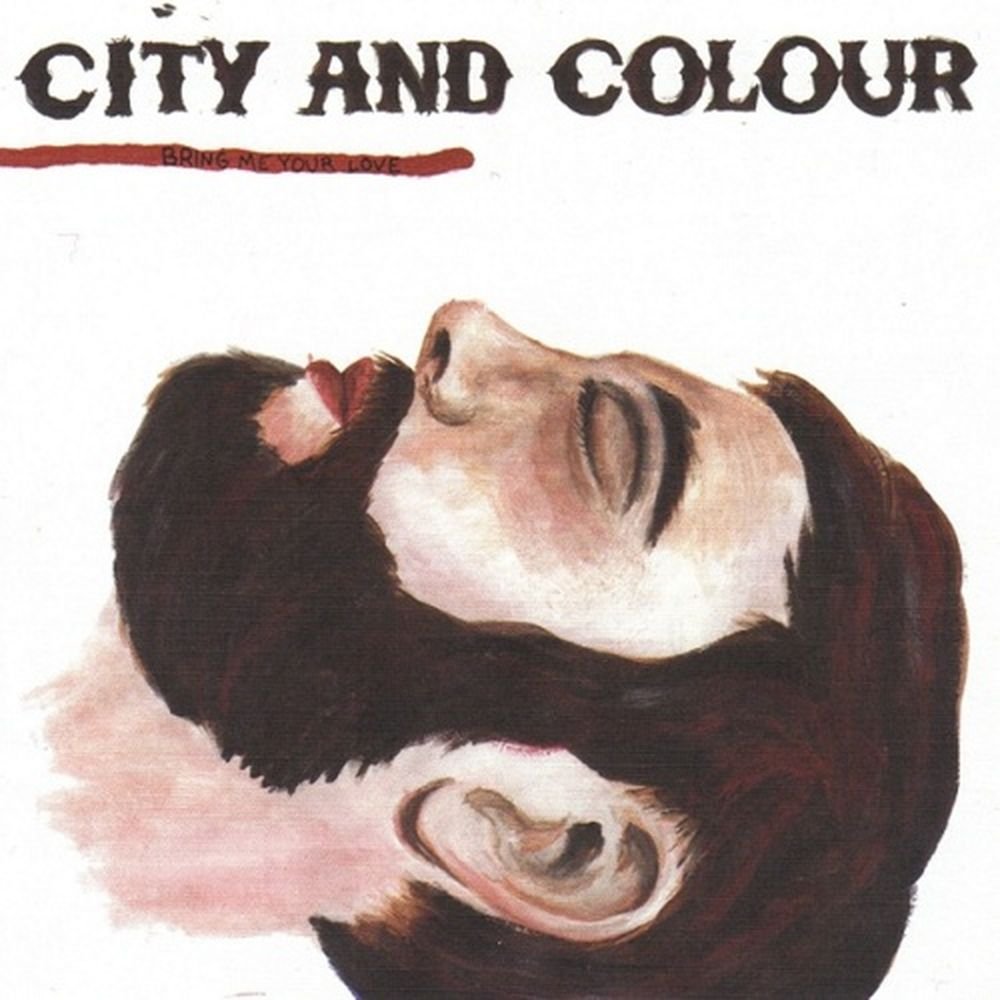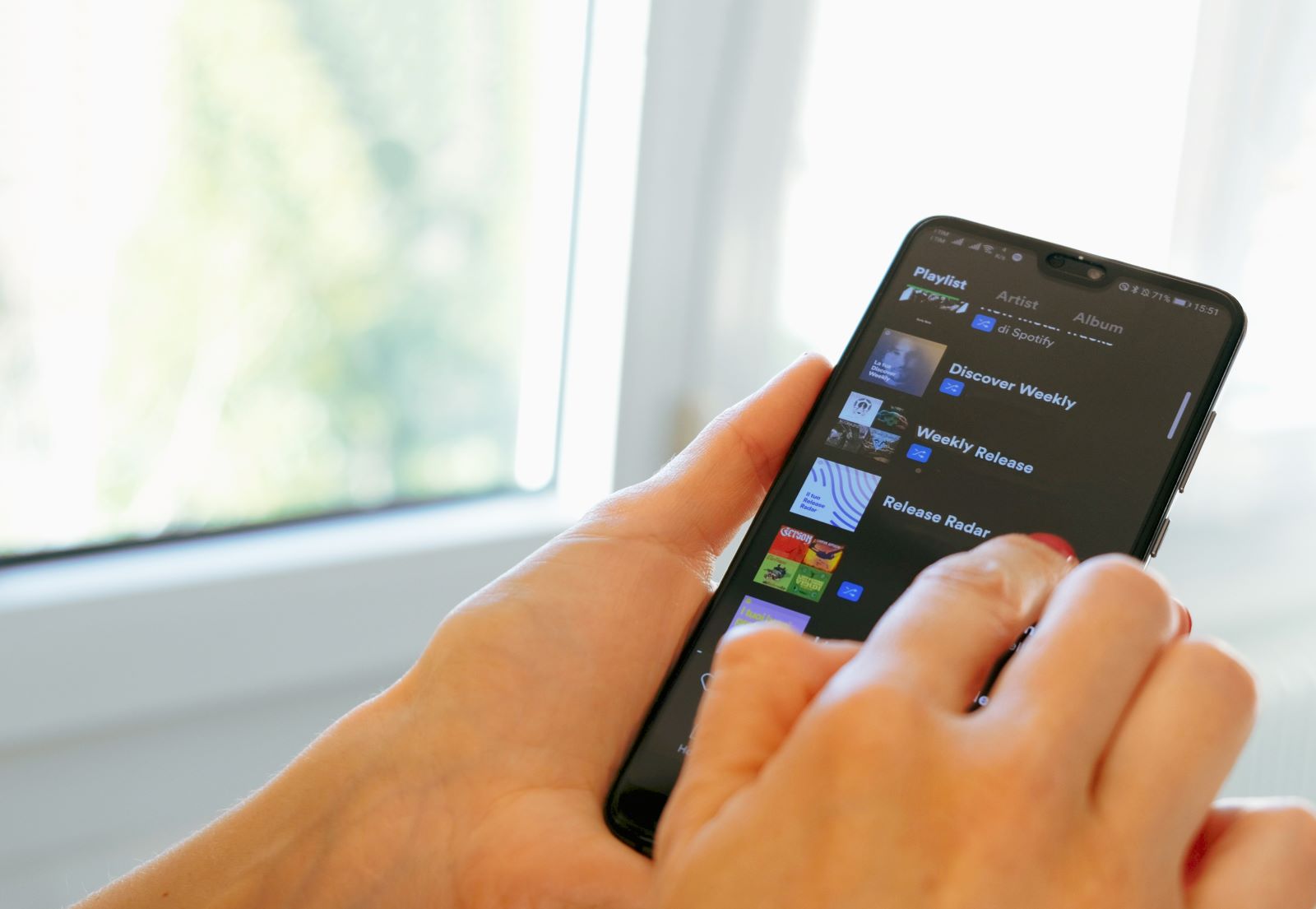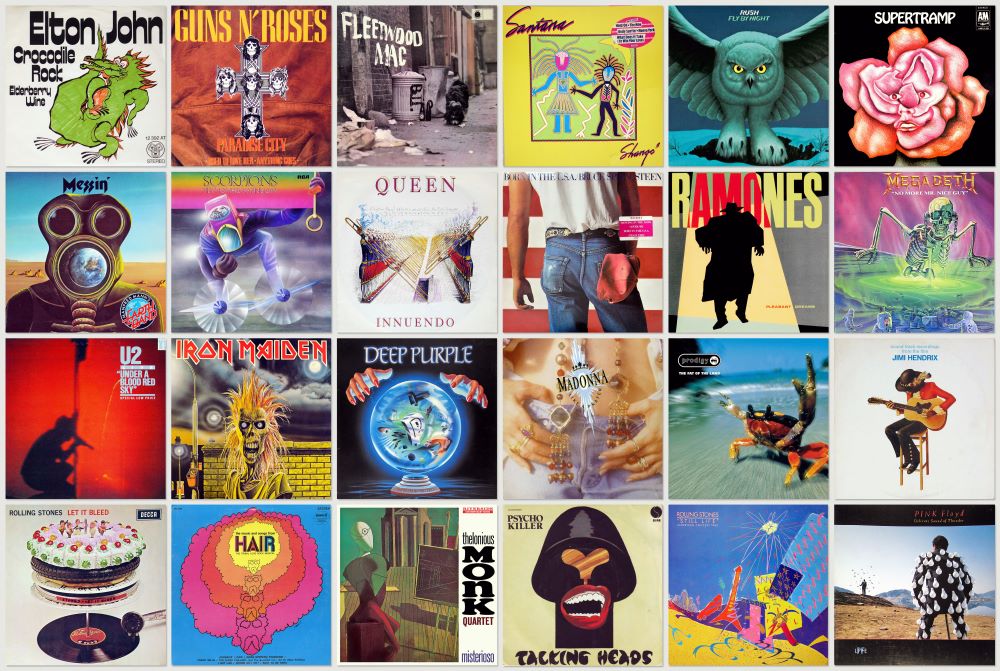How to make an album cover for your music release?
The album cover represents the visual form of an artist’s music. But also, it is a powerful marketing tool.
Being a key element in digital music distribution, let’s see how you can make a good cover for your Single, EP or Album and express your music in this visual way.

Why your album cover art matters
Album covers serve as the visual representation of the music contained within, acting as a powerful tool for artists to communicate their message, style, and identity to their listeners.
The cover art helps establish an artist’s visual identity and brand. Consistent design elements, colour schemes, and typography help create a recognizable brand image that fans can easily associate with the artist. Through imagery and design choices, album covers tell a story about the music and the artist behind it, conveying emotions or narratives, providing a glimpse into the creative vision of the musician.
In today’s digital age, where music is often discovered and consumed online through streaming platforms, album covers serve as the first point of contact between the listener and the music. A visually striking album cover grabs attention and entices listeners to explore further, acting as a promotional tool featured on digital music platforms, social media posts, and promotional materials, generating interest in the music.
For many music artists, album covers offer an opportunity for artistic expression beyond the music itself. Album covers often reflect the themes and concepts explored in the music, from surrealistic artwork to minimalist designs, contributing to the overall artistic experience of the album.
An historical significance as well
Iconic album covers have left a lasting imprint on popular culture, becoming recognizable symbols of their respective eras. From Nirvana’s “Nevermind” to Pink Floyd’s “The Dark Side of the Moon”, these covers represent not only the music but also capture the spirit of their time. They can also hold value as collector’s items, with limited edition vinyl records, CDs, and digital album artwork becoming prized possessions for music enthusiasts and collectors alike.
Additionally, these iconic designs often transcend their original purpose and inspire merchandise such as posters and t-shirts, further solidifying their impact on popular culture and allowing fans to express their admiration for the music and the artists behind it.

We can also mention Canadian albums covers that received awards such as Arcade Fire’s Neon Bible, whose cover is striking in its simplicity: the title is Neon Bible, so you get a neon Bible.
Before making the cover art for your release…
There are useful steps to consider before starting the design of your cover art.
1. Know who you are
Understanding your own identity as an artist is fundamental to creating an album artwork that accurately reflects your style, personality, and values. Consider your unique artistic vision, musical genre, and the message you want to convey through your music. Your album cover should serve as an extension of your identity, resonating with both existing fans and potential listeners.
2. Understand your listeners
You should know more about your listeners to find out what resonates with them. Consider the demographics and expectations of your listeners, including their age, gender, and cultural background. Understanding what visually appeals to your audience can help you tailor your design to better connect with them and attract their attention amidst a sea of competing releases.

3. Reflect on what you want to convey
Clearly defining the message you want to convey through your album can guide the design process and ensure that your cover art effectively communicates your artistic vision. What story do you want your album cover to tell about your music and artistic journey? How do you want listeners to feel or react when they see your album cover?
Whether it’s capturing the mood of your music, telling a story, or evoking specific emotions, knowing the true purpose of your work will help you.
4. Find your inspirations
Inspiration from various sources can enrich your creative process and help you develop unique and impactful album cover art. Explore artwork from other musicians, visual artists, photographers, and designers that align with your aesthetic sensibilities and musical influences. Analyze what resonates with you and incorporate elements of inspiration into your own design while adding your unique perspective and creativity.
Ask yourself:
- Which artists, musicians, or designers inspire me creatively?
- What specific elements or techniques from their work do I admire or want to incorporate into my own album cover?
- How can I put my own unique spin on these inspirations to create something original and authentic?
- What other sources of inspiration, such as nature, literature, or personal experiences, can inform my album cover design?
5. Seek more collaborations
Did you know you could seek to collaborate with existing artists to do your album cover? This often happens in music. Collaborations can benefit both the releasing artist and the designer or photographer.
If you’re curious about the designer behind an album cover you admire, check the credits on the back of the album for their name. Alternatively, you can search online for album cover designers (for example on freelance platforms like Upwork and Fiverr, design communities such as Behance and Dribbble). Art directors at advertising agencies are often skilled in creating album covers and may welcome the chance to collaborate.
Ensure to review portfolios and discuss timelines and budget for a successful collaboration. This is a good way to build your network and get to know more about the music industry.
How to design an album cover?
Start by brainstorming ideas and concepts that reflect the music and artist’s identity. You can begin by designing the layout of the cover of your single, EP or album,, considering the placement of images, text, and other graphic elements. Would you like your face on it or not? Pay attention to hierarchy and balance to ensure a visually pleasing design. Don’t be afraid to experiment with different design elements and variations.
Choose your fonts and typography resources
Fonts and typography are integral elements of album cover design, influencing the mood, tone, and overall aesthetic of the artwork. The selection of fonts should align with the genre and intended emotional resonance of the music.
Websites like Google Fonts, Adobe Fonts, and DaFont offer an extensive array of typefaces to choose from, catering to diverse artistic visions and preferences. You can experiment with different fonts and typography styles to find the perfect combination that harmonizes with the album’s identity and communicates its message effectively.
Understanding colour and atmosphere
Colour plays a pivotal role in shaping the atmosphere and emotional impact of an album cover. Each colour carries its own symbolic significance, evoking different feelings and associations. Understanding the psychology of colour is important in selecting hues that resonate with the music and convey the desired mood or atmosphere. Whether opting for bold, vibrant tones or subdued, monochromatic palettes, the choice of colour should complement the overall aesthetic and theme of the album.
Incorporate your artist name and album title
Your artist name and album title serve as key identifiers, helping listeners recognize and remember the album amidst a sea of digital thumbnails and streaming playlists. Careful consideration should be given to the placement, sizing, and font selection of the text to ensure optimal visibility and impact. If you would like to be original, that’s fine, as long as you don’t sacrifice readability!
6 tips to make a good album cover
- Keep it simple – Avoid cluttering the design with too many elements. A clean and minimalist approach often resonates better with viewers and ensures clarity of message.
- Follow instructions – If you don’t want your product’s distribution to be rejected, make sure to follow the instructions provided by your distributor and streaming platforms.
- Emphasize readability – Ensure that the artist’s name, album title, and any other text on the cover are easily readable, even when viewed at smaller sizes or from a distance.
- Tell a story – Use the album cover as an opportunity to tell a visual story that complements the music. Incorporate symbolism, metaphor, or narrative elements that resonate with the album’s themes and lyrics.
- Quality matters – Invest in high-quality imagery and design assets to create a professional-looking album cover. Avoid using low-resolution graphics or generic stock photos that may cheapen the overall appearance.
- Test your design – Before finalizing the album cover, gather feedback from peers, fans, or industry professionals. Their vision might help you!
Where to find cover photos for a music album?
There are many online resources available to find good photos.
On online design tools
If you’re new to graphic design or prefer a more user-friendly interface, there are plenty of online design tools available. Platforms like Canva, PicMonkey, and Adobe Spark offer pre-made templates and intuitive drag-and-drop interfaces, making it easy to create professional-looking album covers without any prior design experience.
On stock image websites
For high-quality imagery to use in your album cover design, explore stock image websites like Shutterstock, Pexels, Pixabay, or Unsplash. These platforms offer a vast selection of royalty-free photos, illustrations, and graphics that you can incorporate into your design. Be careful and choose pictures that are not too generic.
Please note that you should never, under any circumstances, use photos or graphics for which you didn’t get permission from the owner, photographer or designer.
How many pixels is an album cover art?
For digital releases on platforms like iTunes, Spotify, and other streaming services, the recommended dimensions are typically around 3000 x 3000 pixels. This high-resolution size ensures that the artwork looks crisp and professional across various devices and screen sizes. Some platforms may accept slightly smaller dimensions, such as 1400 x 1400 pixels, but it’s generally best to use the highest resolution possible for better quality.
- MusicTeam® asks dimensions between 1400 x1400 to 3000 x 3000 pixels for your cover art.
However, if you’re designing an album cover for a physical CD or vinyl release, you’ll need to consider the dimensions req uired by the manufacturer or printing service.
Standard CD covers are typically around 4.75 inches (12 cm) square, which translates to approximately 1425 x 1425 pixels at 300 DPI (dots per inch) for print quality.
For vinyl album covers, dimensions can vary depending on the size of the record (e.g., 12-inch, 10-inch) and whether it’s a single or gatefold sleeve. Common dimensions range from around 12 x 12 inches (approximately 3600 x 3600 pixels at 300 DPI) for standard LP covers.
NB: If you have to switch music distributors, know that distributors may have specific requirements or guidelines for album cover art, such as minimum dimensions, file formats, and resolution. Make sure the artwork meets the specifications of your new distributor to avoid any issues with distribution or display.
Can anything be an album cover?
In theory, yes, anything can be an album cover, if you have the necessary rights or permissions to use the artwork or imagery. The goal will always remain to be relevant if you want your cover album to strike as a good one!

Case study of a good album cover: Abbey Road by The Beatles
Released in 1969, “Abbey Road” is the eleventh studio album by the legendary British rock band, The Beatles. The album is celebrated for its innovative music, but it’s perhaps equally renowned for its iconic cover art, which has become one of the most recognizable images in popular culture.
The album cover features a simple yet striking photograph of the four Beatles members walking across a zebra crossing outside Abbey Road Studios in London. The composition is dynamic, with the band members in motion, creating a sense of movement and energy.
Colour and atmosphere
The photograph contributes to a timeless and classic feel, evoking a sense of nostalgia. The stark contrast between the dark road and the white stripes of the zebra crossing draws the viewer’s eye to the central figures, emphasizing the importance of the band members in the image.
The typography is minimalistic, with the album title “Abbey Road” and “The Beatles” displayed in a simple sans-serif font at the top of the cover. The understated text allows the photograph to take center stage while still providing essential information about the album.
The impact
The “Abbey Road” album cover has had a profound impact on popular culture and has become an enduring symbol of The Beatles’ legacy. It has been widely imitated, parodied, and referenced in various forms of media, cementing its status as an iconic piece of album artwork.
Decades after its release, this album cover continues to captivate audiences and inspire artists and designers worldwide. Its timeless design and universal appeal serve as a testament to the power of simplicity and effective visual storytelling in conveying the essence of music. The success of the “Abbey Road” album cover lies in its ability to encapsulate the spirit of The Beatles and their music in a single image. You can make it too!
Case study of an original cover art using AR
YXBoZXh0d2lu, created by Weirdcore (artwork), KALKUL (synthetic reality) and Aphex Twin (music) is an immersive app that uses AR to incorporate distorted figures, vibrant colors, and unusual composition. This innovative project pushes boundaries, showcasing the potential of AI and AR to revolutionize album cover art and create unique experiences for audiences. Being innovative can help an artist stand out from the crowd!
Distribute your release with MusicTeam®
Our music platform for independent artists not only helps you distribute your music but also helps in the registration of your music rights.
Create your account and join us so that the world can discover your music.

About the Author: Fiona Ham
Head of Operations at MusicTeam®. Always passionate about the music industry, she's bridging gaps between innovative technologies in music business, copyright law and users.

